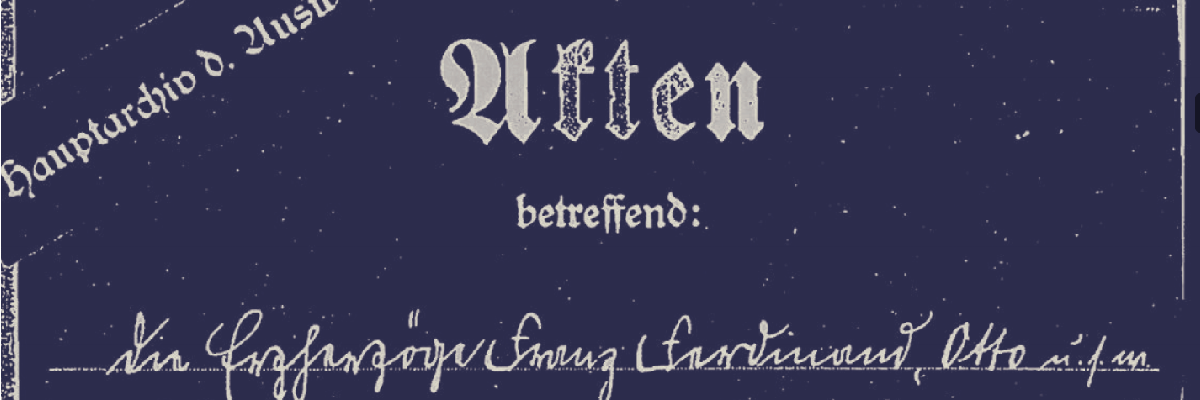John Boyer, Martin A. Ryerson Distinguished Service Professor in History, and Dean of the College at the University of Chicago, was researching his new book on the Habsburg Empire for Oxford University Press. He wanted to access a very large collection of “hundreds and hundreds of microfilm reels of thousands and thousands of original documents from the German foreign ministry both before and after 1918.” The documents were among those captured by Allied Forces in 1945, microfilmed through joint efforts, and later returned to the Federal Republic of Germany. As Boyer recounts, “The collection is difficult to use, even if you go to Berlin. It’s even more complicated to use on microfilm, because there aren’t really good indexes to the collection . . . This was a very tall mountain to climb.”
So Boyer contacted CRL “and I said, as an experiment, how difficult would it be to digitize the microfilm reels for the Habsburg Empire?” CRL agreed to take on this extensive digitization project of nearly 70 reels of microfilm. Boyer enthuses, “We now have this extraordinary collection of documents, easily accessible. Not only are they easy to use because you can click and bring up various files from various reels all on your screen, but the reproduction quality is much better than what you’d get on a microfilm reel.”
For Boyer, the collection offers invaluable information. “I’ve been working on Austrian politics in the late 19th century. There was an important political crisis in 1897 related to the Minister-President Kasimir Badeni. The evidence we have related to this crisis from local papers in Vienna and eyewitness accounts tell one story; the German foreign minister and his agents tell another. A chapter in my book re-analyzes this famous crisis using the foreign ministry archives, which provide a very different view from what was available before. . . . That’s the kind of thing you can only get from having access to these high-level, insider sources.”
Boyer knew that “[Approaching the] hundred year anniversary of the World War I, historians would find these files quite useful and illuminating.” When asked if his students have also made use of the collection. Boyer responds, “Because [these files] just became available this year, it’s still early days, but I’m sure it will be heavily used by [my] students and undoubtedly by other graduate students as well.”
Dean Boyer concludes, “In the US, I think we’re blessed by having an organization like CRL that is key to the specific needs of the individual scholars. In my case, by doing this they leave a repository of digitized images that subsequent scholars will be able to use for decades to come.”
